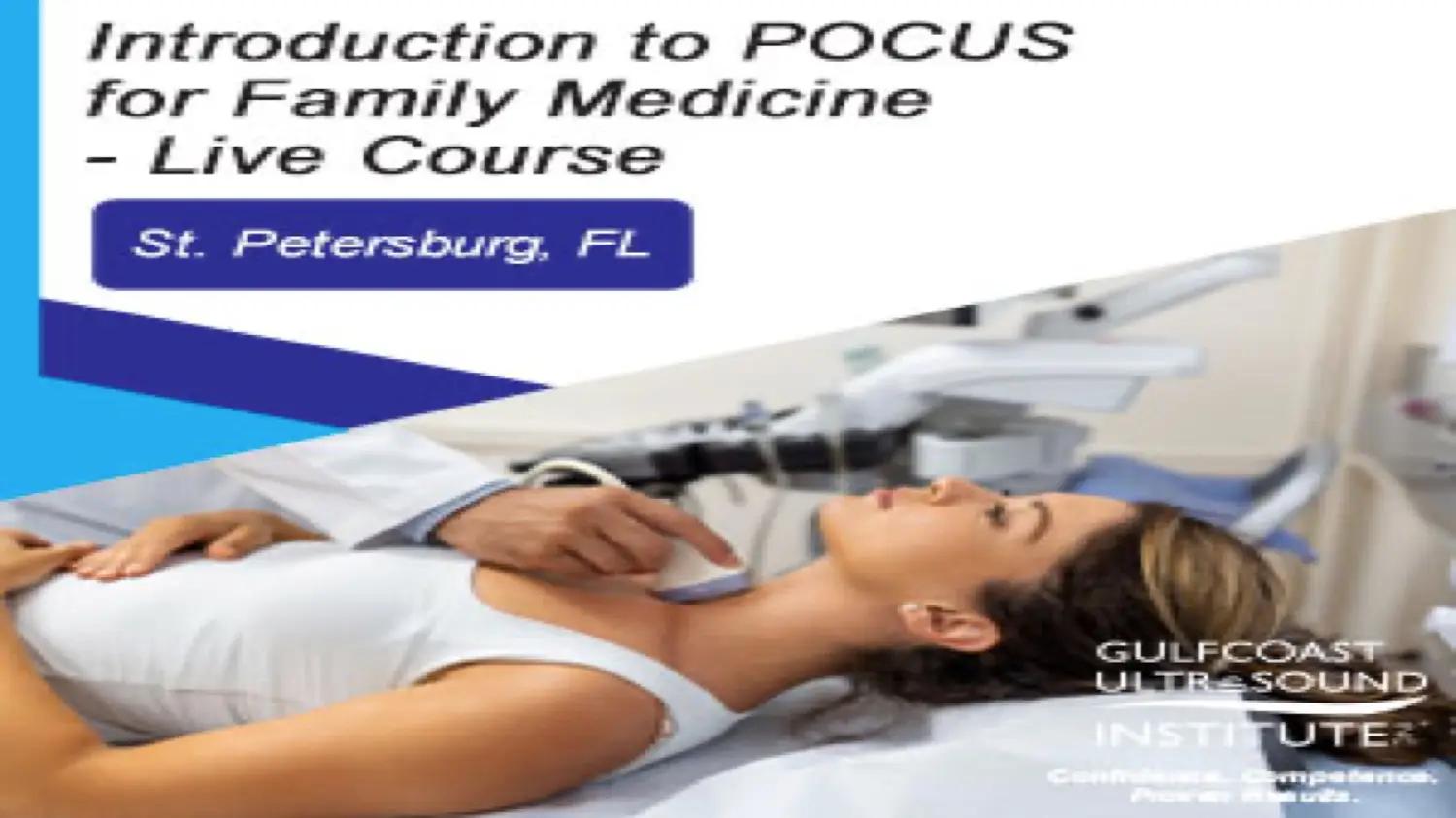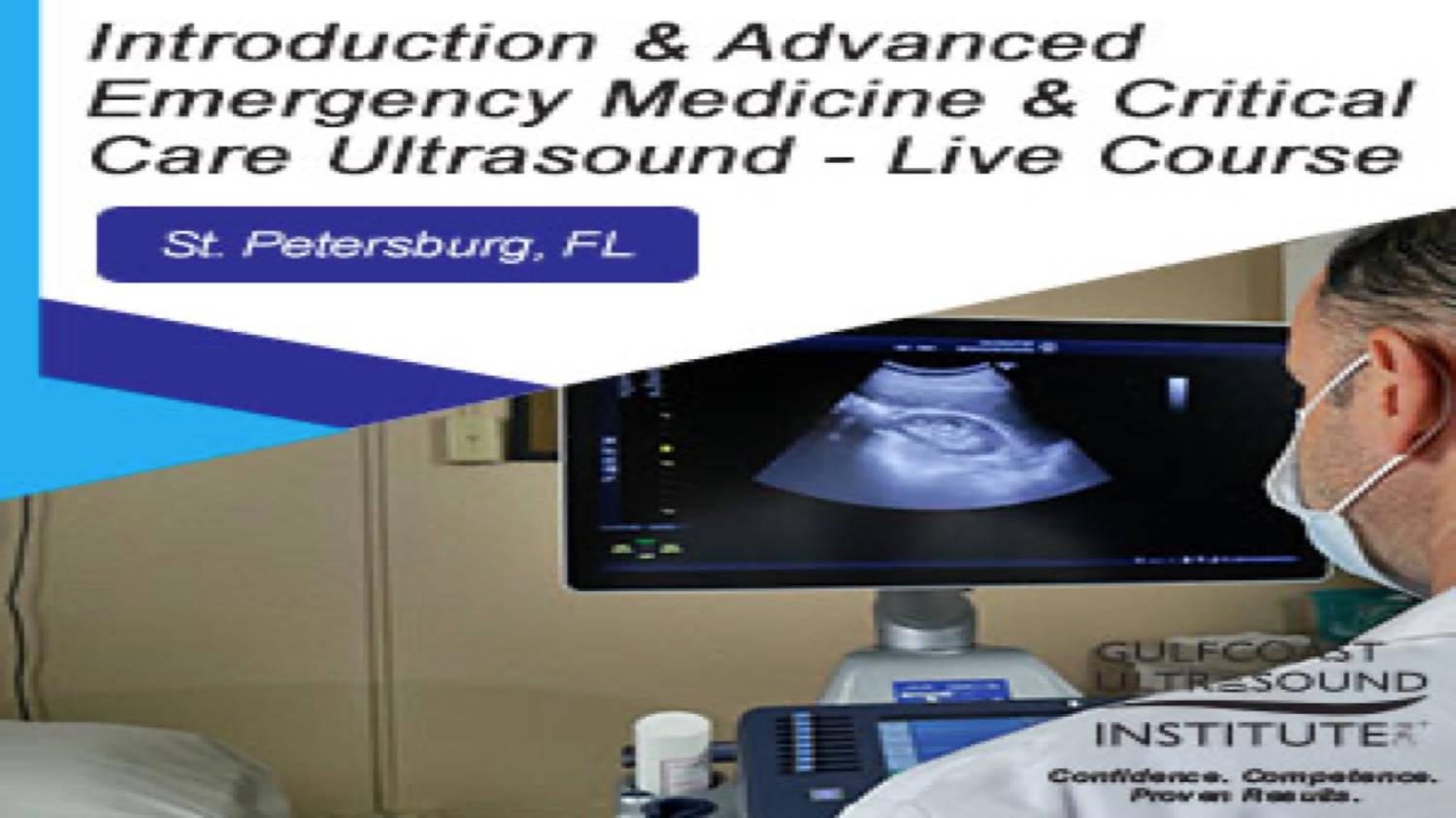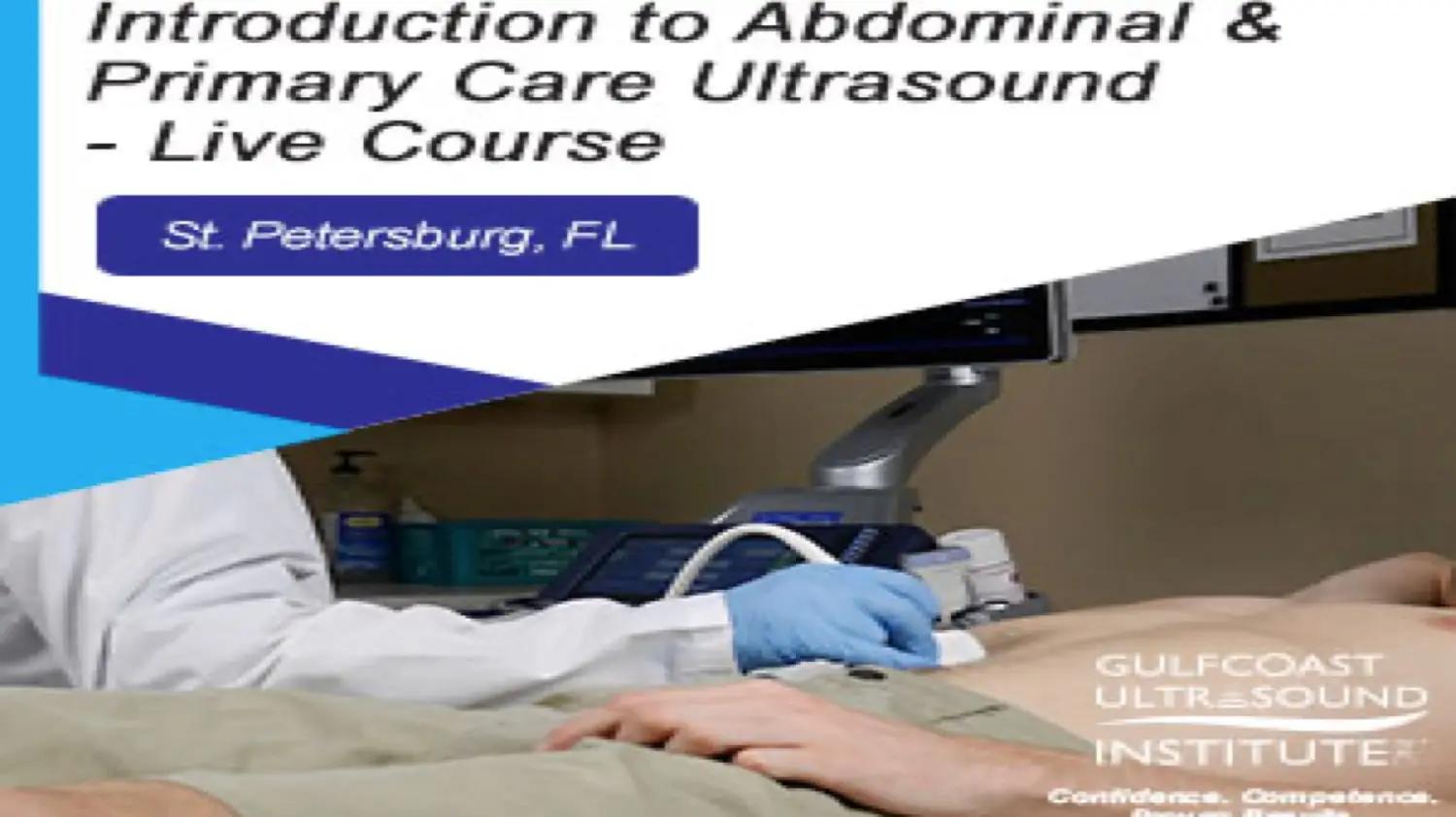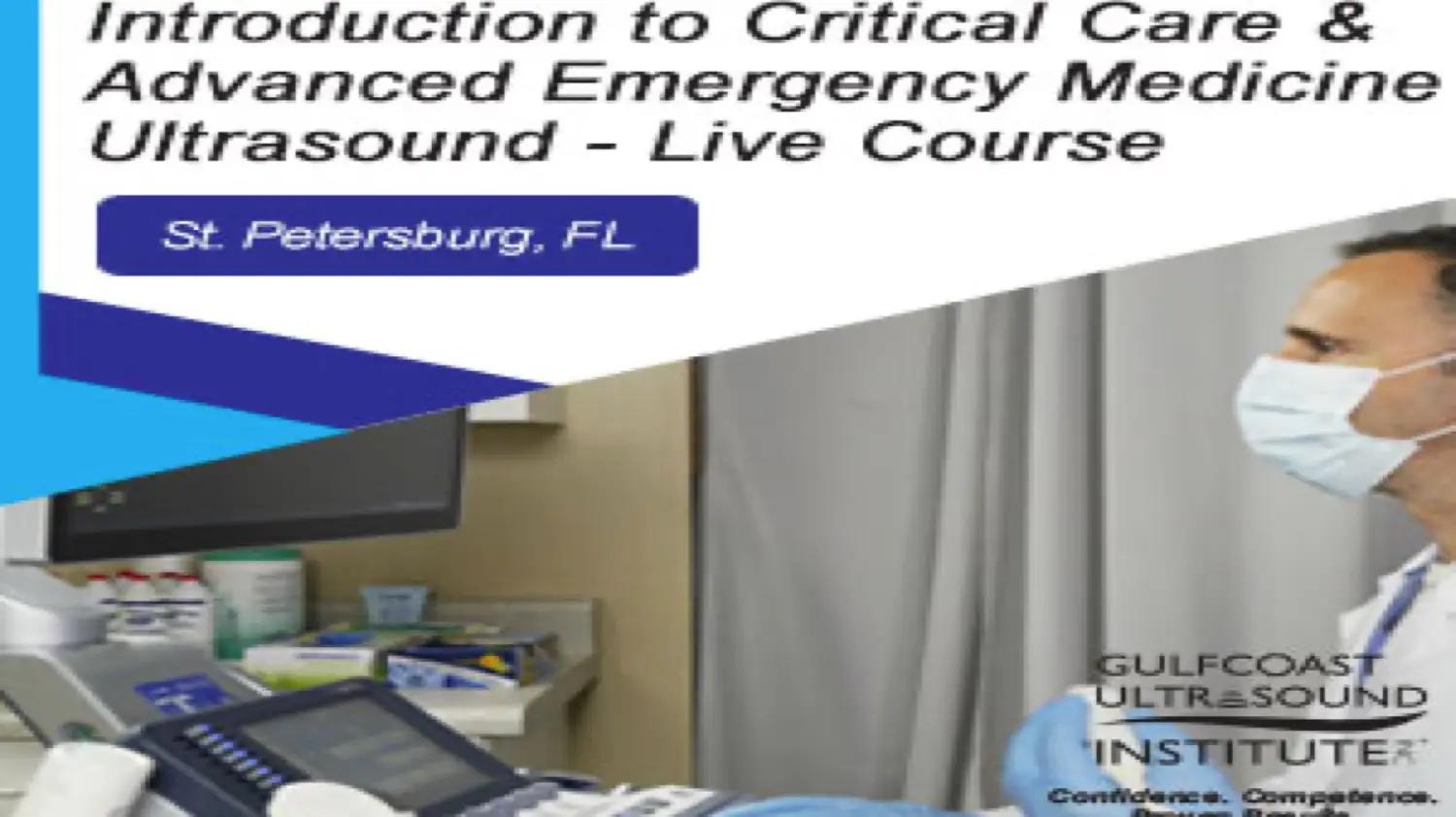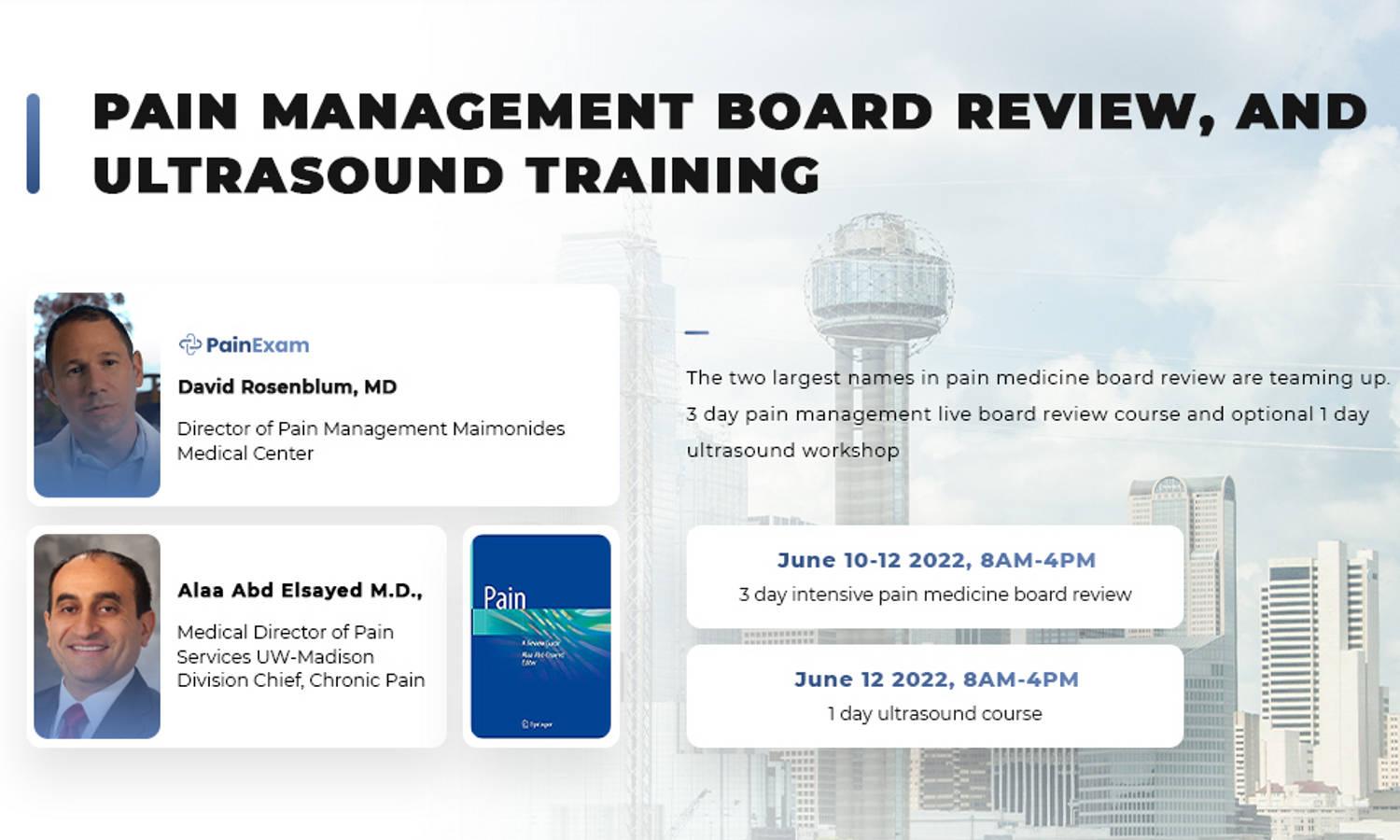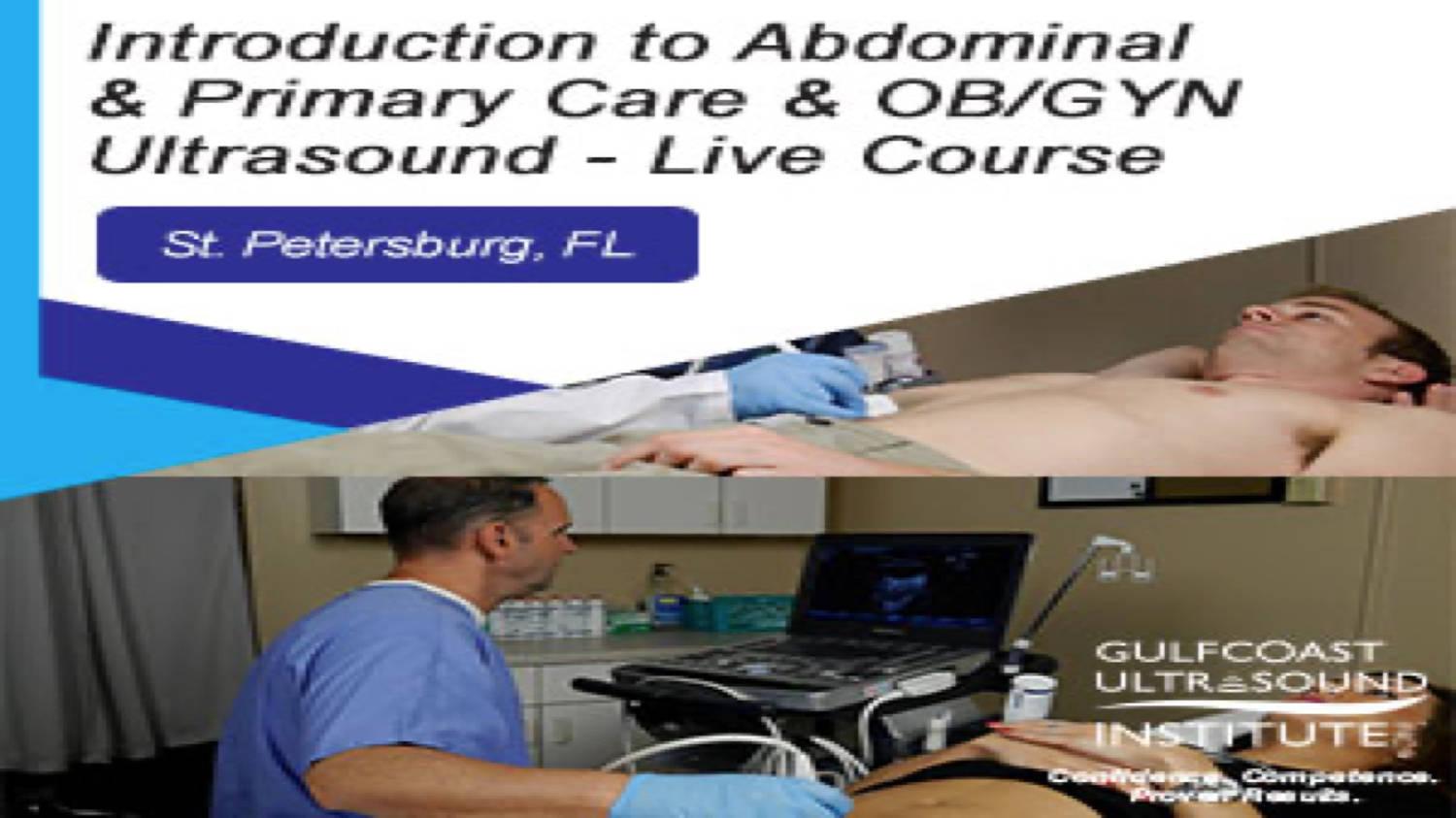
POCUS Abdominal Aorta (AAA) Certificate Review
POCUS Abdominal Aorta (AAA) Certificate Review is organized by Gulfcoast Ultrasound Institute (GCUS) Inc..
Date of Original Release: 2/27/2023
This edition is valid for credit through 2/27/2026
Description:
POCUS Abdominal Aorta (AAA) Certificate Review Online Course is specifically designed for any medical professional (Physician, Advanced Practice/Mid-level Provider, Sonographer, etc.) who has an interest in earning the POCUS Abdominal Aorta (AAA) Certificate and integrating/performing Point-of-Care AAA ultrasound examinations in clinical practice. The POCUS Certificates and Certifications are NOT just for physicians!
The online course is designed to streamline your process to earn a POCUS Abdominal Aorta (AAA) Certificate:
- This self-directed course contains four (4) comprehensive modules comprised of online video lectures, case presentations, and post-activity quizzes in Gulfcoast Ultrasound Institute’s structured, easy-to-use online Learning Management System.
- 12 months (365 days) of unlimited access is provided from the date of purchase, and 4.0 AMA PRA Category I Credits™ are optional for an additional CME processing fee.
- The Online Course covers all concepts pertaining to the POCUS Abdominal Aorta (AAA) Certificate Clinical Case Assessment.
- Build a strong foundation to perform the core ultrasound applications as outlined in the ACEP, WINFOCUS, and ACR ultrasound practice guidelines and is taught by leading point of care ultrasound expert faculty.
If you want to earn your POCUS Abdominal Aorta (AAA) Certificate and become one of the leaders in Point-of-Care Ultrasound, this Online Review Course will provide you with the best value, knowledge base, and assessment review available anywhere!
Learning Objectives:
- Outline the interaction of sound with soft tissue and other mediums.
- Demonstrate the relationship between system controls and image quality.
- Select the appropriate type of transducer for each respective clinical application.
- Identify different types of imaging artifacts.
- Define Doppler ultrasound and list the different types of instrumentation.
- State the indications for integrating Doppler ultrasound for POC applications.
- State the purpose for performing abdominal aorta sonography.
- Identify the abdominal aorta and its primary branches.
- Outline scan techniques and perform routine protocols to evaluate the abdominal aorta.
- Recognize commonly seen abdominal aortic pathology.
- Increase knowledge to perform and/or interpret abdominal aorta sonography.
- Increase knowledge and competence to perform and/or interpret ultrasound evaluation of aortic endograft.
- Outline scan techniques for optimal ultrasound evaluation of endovascular grafts.
- Define the term endoleak and list the different types.
- Identify key sonographic findings associated with the normal and abnormal endovascular aortic graft.
Topics:
- Sound Generation and Basic Principles
- Transducers
- System Controls & Image Quality
- Imaging Artifacts
- Doppler Principles
- The Doppler Equation
- Effects of Doppler Angle
- Doppler Instrumentation: Pulsed Wave, Continuous Wave, color Doppler, and Power Doppler
- Doppler Applications in Point of Care Settings
- Doppler/Color Controls and How to Optimize
- Commonly Seen Doppler and Color Artifacts
- Abdominal Aorta Anatomy & Primary Branches
- Abdominal Aorta Scan Techniques, Routine Protocols and Measurements
- Aortic Pathology:
- Secular vs Fusiform Aneurysm
- Atherosclerosis
- Aneurysm
- Dissection
- Rupture
- Lymphadenopathy
- Importance of Ultrasound in Evaluating EVAR
- EVAR vs. Open AAA Repair
- Role of Duplex /Color Flow Imaging in EVAR
- EVAR and Endoleaks
- Duplex Scan Protocols for Evaluation of Endoleaks


